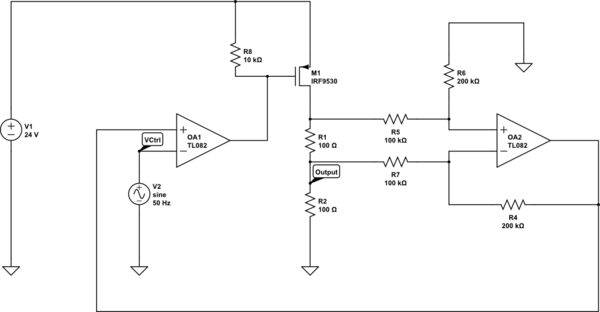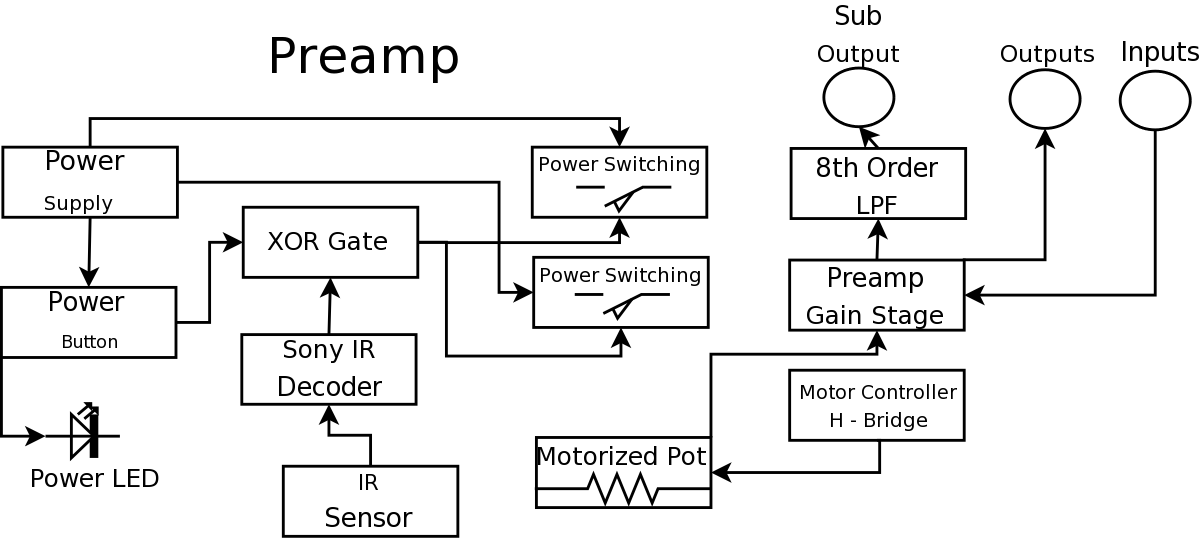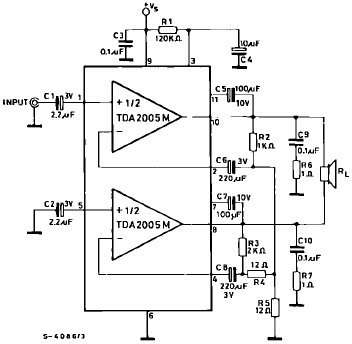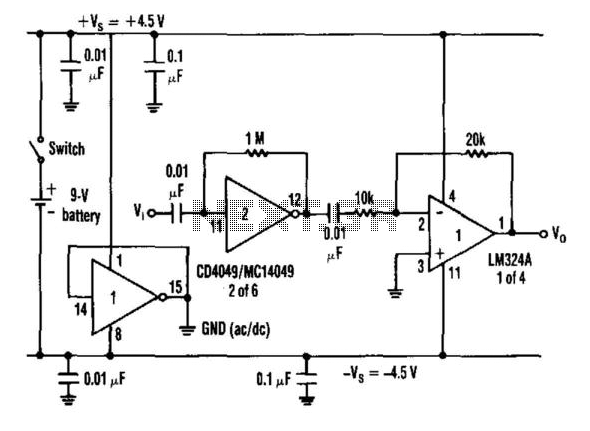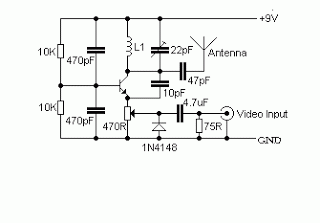
standard operational amplifier op amp circuits
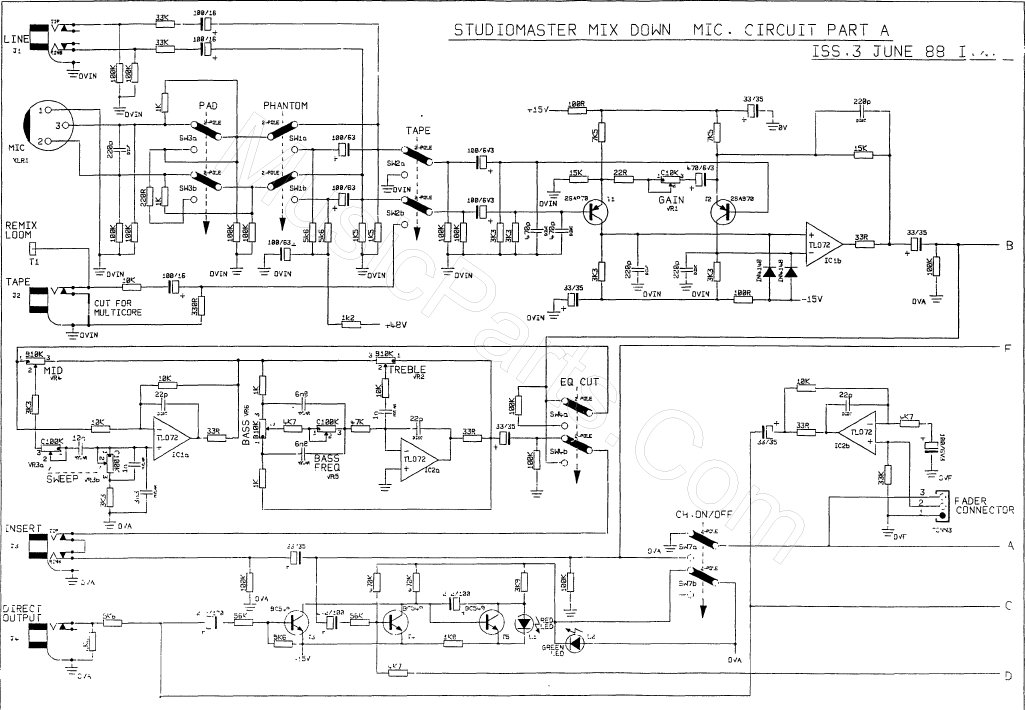
This scan is from an old ETI Circuits #2 publication from the 1970s. It contains valuable operational amplifier information that is highly useful. With some knowledge, the six circuits presented serve as an instant reference, enabling various applications. These circuits are particularly beneficial for learning, especially when placed alongside more complex circuits to aid in understanding. Additionally, there was a recent update regarding a missing image from a previous post, which has now been rectified with additional information from the same magazine. The content is extensive and has proven to be invaluable. The circuits are straightforward, allowing for the achievement of an authentic analog sound while enhancing comprehension. This information has been actively utilized and modified to develop the Crawling Chaos hardware, confirming its effectiveness.
The ETI Circuits #2 publication features a series of six operational amplifier circuits designed for various applications. These circuits are essential for anyone seeking to understand the fundamentals of op-amps and their practical uses in electronic design. The circuits are categorized based on their functionality, including amplifiers, filters, and signal processing applications, each demonstrating the versatility of operational amplifiers.
1. **Inverting Amplifier**: This circuit configuration allows for signal inversion and amplification, with the gain determined by the ratio of two resistors. It is fundamental for audio signal processing and can be used to create various effects.
2. **Non-Inverting Amplifier**: Opposite to the inverting amplifier, this configuration provides an output that is in phase with the input signal while also offering gain. This is particularly useful in applications requiring signal buffering.
3. **Summing Amplifier**: This circuit can combine multiple input signals into a single output, making it ideal for mixing audio signals or combining sensor outputs in data acquisition systems.
4. **Differential Amplifier**: This configuration amplifies the difference between two input signals while rejecting any common-mode noise. It is crucial in applications requiring precise measurements, such as instrumentation.
5. **Integrator Circuit**: This circuit produces an output that is proportional to the integral of the input signal over time. It is commonly used in analog computing and signal processing applications.
6. **Differentiator Circuit**: This configuration generates an output that is proportional to the rate of change of the input signal, making it useful for edge detection in signal processing.
Each circuit is designed to be straightforward, allowing users to easily replicate and modify them for their specific needs. The publication serves as an excellent resource for both beginners and experienced engineers, providing insights into analog design principles and practical applications. The rich content encourages experimentation and adaptation, fostering a deeper understanding of electronic circuit design, particularly in achieving high-quality analog sound.This scan is from my old ETI Circuits #2 from the 70 ²s. It`s about the best op-amp info you are likely to find. With a bit of knowledge, these six circuits are an instant ready-reckoner and allow you to do almost anything! If you want to learn then they are ideal to have sat next to a larger circuit to help with the comprehension process.
Like y our mixer project! BTW, how`s it going with that Because of some recent site activity, I`ve checked and realised a picture was missing from a previous post here: so I`ve updated that and added a bit of info from the same mag above. There`s shedloads in it. I can see why I never chucked it out now! I`ve found someone here in Australia with the same disposition as me check the circuits! Nice and simple, and you`ll get that authentic analogue sound, as well as getting some understanding along the way.
Most of this sort of information I vigorously used and modified (along with other stuff, of course), to make our Crawling Chaos hardware. So it does work! :-D 🔗 External reference
The ETI Circuits #2 publication features a series of six operational amplifier circuits designed for various applications. These circuits are essential for anyone seeking to understand the fundamentals of op-amps and their practical uses in electronic design. The circuits are categorized based on their functionality, including amplifiers, filters, and signal processing applications, each demonstrating the versatility of operational amplifiers.
1. **Inverting Amplifier**: This circuit configuration allows for signal inversion and amplification, with the gain determined by the ratio of two resistors. It is fundamental for audio signal processing and can be used to create various effects.
2. **Non-Inverting Amplifier**: Opposite to the inverting amplifier, this configuration provides an output that is in phase with the input signal while also offering gain. This is particularly useful in applications requiring signal buffering.
3. **Summing Amplifier**: This circuit can combine multiple input signals into a single output, making it ideal for mixing audio signals or combining sensor outputs in data acquisition systems.
4. **Differential Amplifier**: This configuration amplifies the difference between two input signals while rejecting any common-mode noise. It is crucial in applications requiring precise measurements, such as instrumentation.
5. **Integrator Circuit**: This circuit produces an output that is proportional to the integral of the input signal over time. It is commonly used in analog computing and signal processing applications.
6. **Differentiator Circuit**: This configuration generates an output that is proportional to the rate of change of the input signal, making it useful for edge detection in signal processing.
Each circuit is designed to be straightforward, allowing users to easily replicate and modify them for their specific needs. The publication serves as an excellent resource for both beginners and experienced engineers, providing insights into analog design principles and practical applications. The rich content encourages experimentation and adaptation, fostering a deeper understanding of electronic circuit design, particularly in achieving high-quality analog sound.This scan is from my old ETI Circuits #2 from the 70 ²s. It`s about the best op-amp info you are likely to find. With a bit of knowledge, these six circuits are an instant ready-reckoner and allow you to do almost anything! If you want to learn then they are ideal to have sat next to a larger circuit to help with the comprehension process.
Like y our mixer project! BTW, how`s it going with that Because of some recent site activity, I`ve checked and realised a picture was missing from a previous post here: so I`ve updated that and added a bit of info from the same mag above. There`s shedloads in it. I can see why I never chucked it out now! I`ve found someone here in Australia with the same disposition as me check the circuits! Nice and simple, and you`ll get that authentic analogue sound, as well as getting some understanding along the way.
Most of this sort of information I vigorously used and modified (along with other stuff, of course), to make our Crawling Chaos hardware. So it does work! :-D 🔗 External reference

